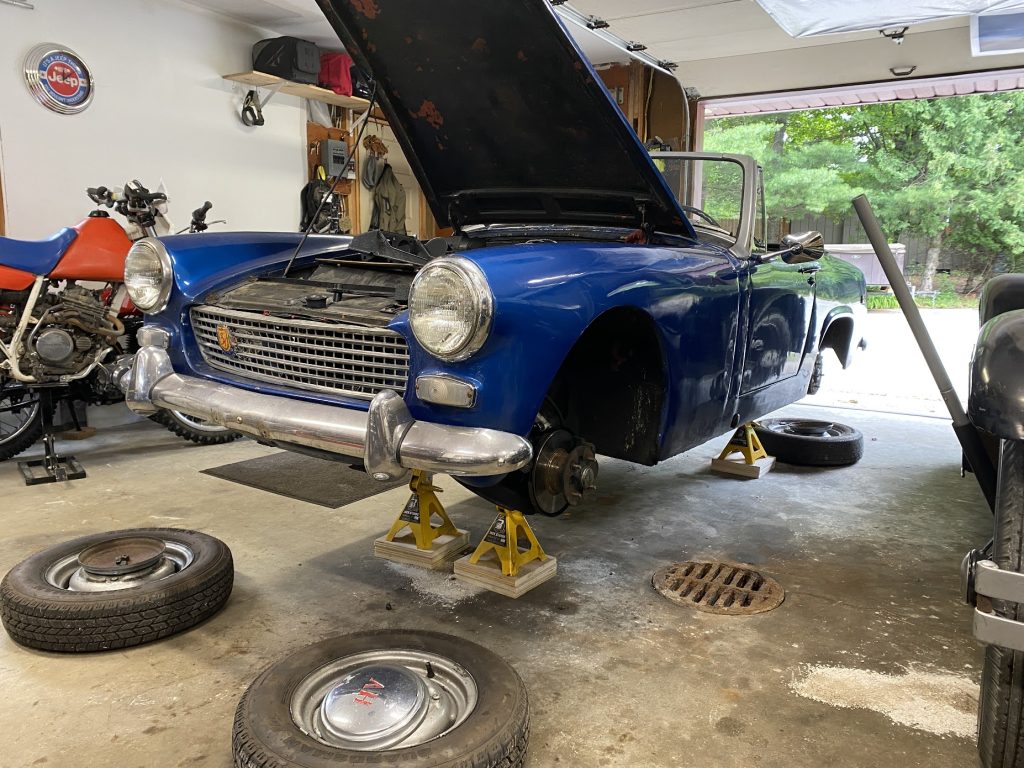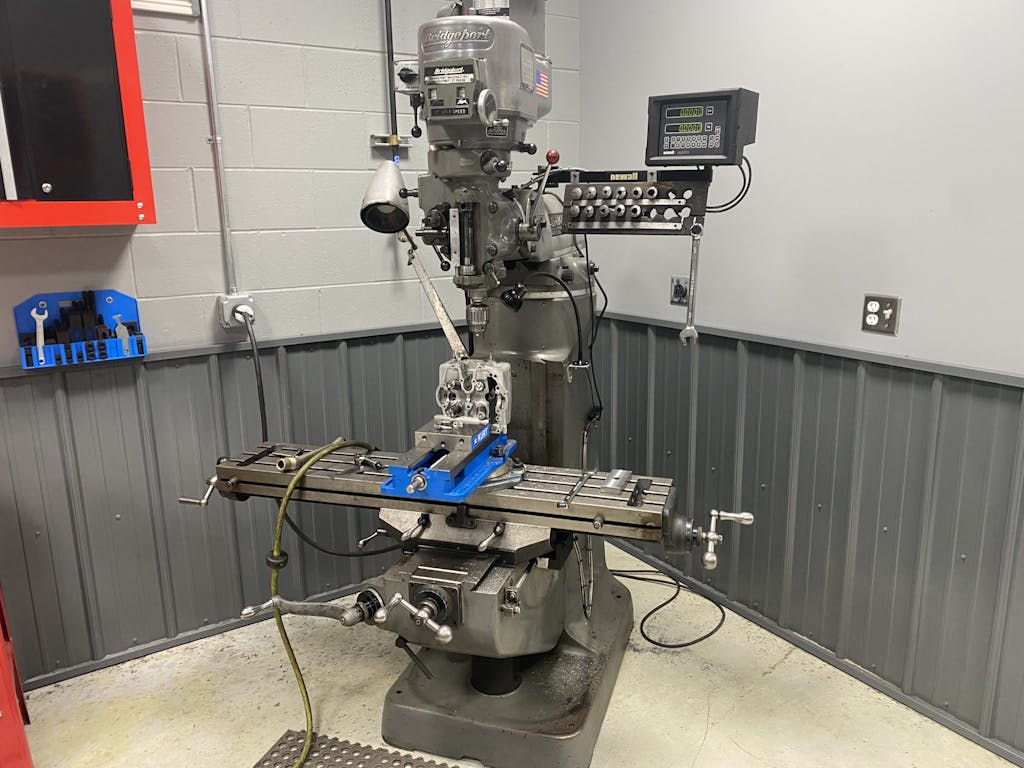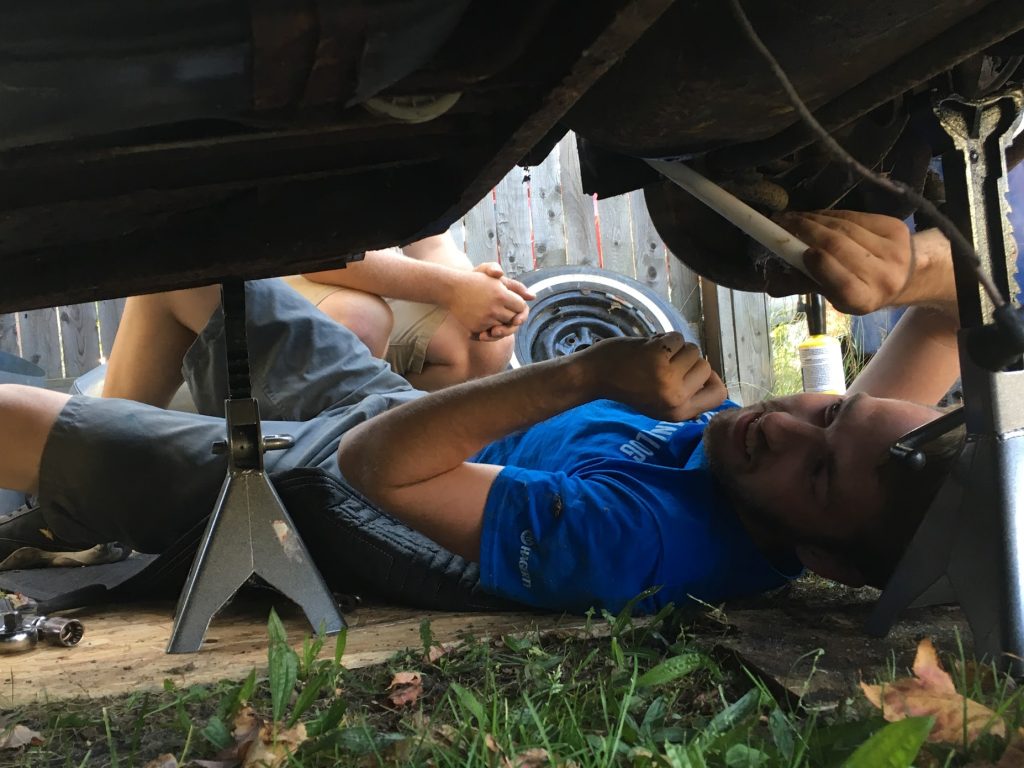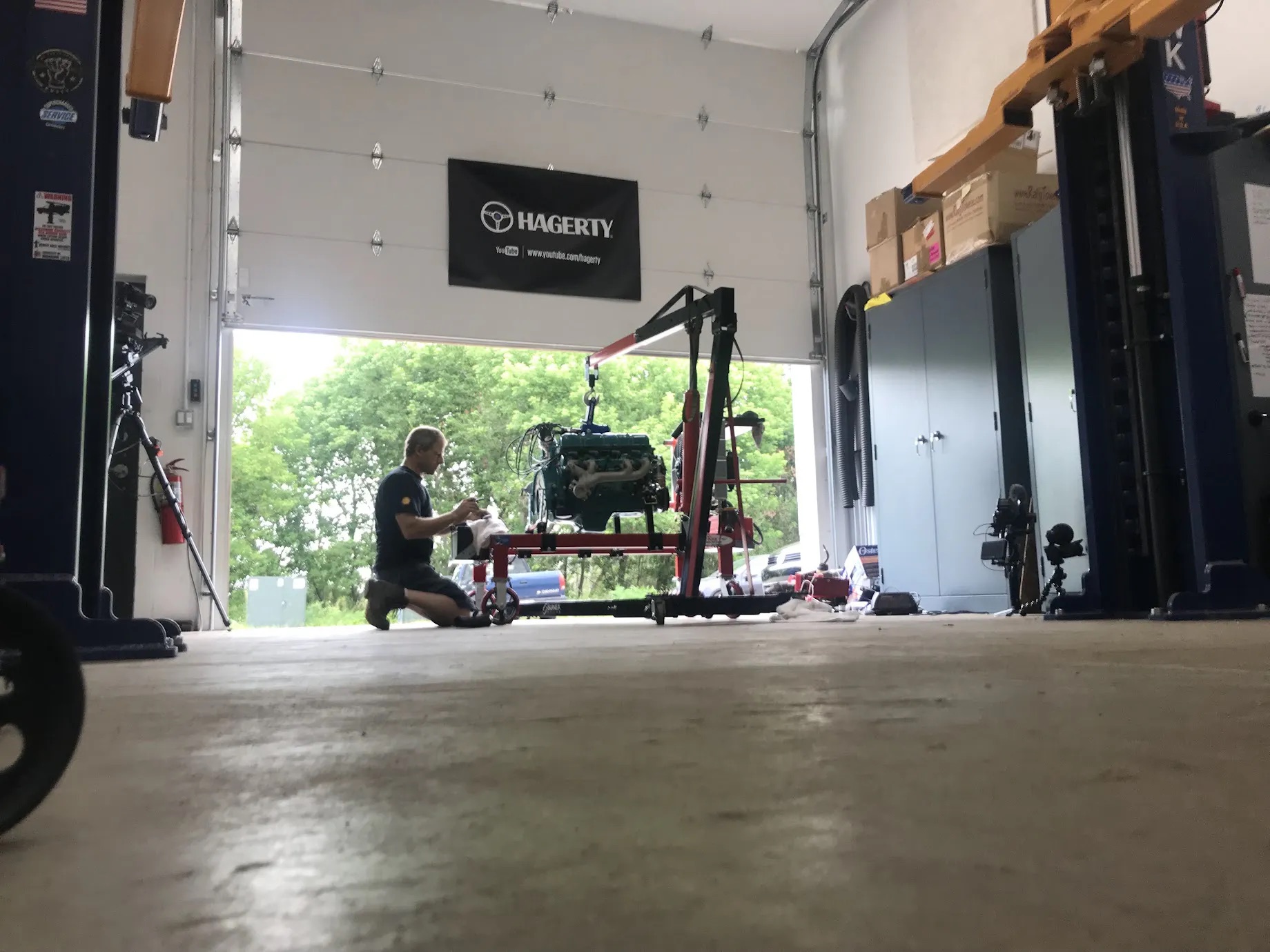As with many other tasks and toils we modern humans endure and embrace over our lifetimes, maintaining a vintage car comes with a learning curve. We all start at the bottom, looking up at a mountain of knowledge and understanding that can often be intimidating, exciting, frustrating, and humbling all at once.
It’s a climb that many of us have made some amount of progress on. Often along the way, we’re either trying to learn from those ahead of us or trying to help those a few steps behind. While the project car learning curve is unique to every person, there are a few universal truths that anyone who has attempted a project car will experience. Here are six I’ve become intimately familiar with.

An Hour of Diagnostics Is Worth Two Hours of Parts Replacing

At the end of the day, fixing something that is not broken or malfunctioning is just a waste of time. This means that the best course of action at the onset of a project is to do diagnostics to confirm that the problem you are facing actually needs solving.
Diagnostics aren’t the fun part of a project, but understanding how a system of parts works when attempting to restore function makes for a much less frustrating time under the hood. Haphazardly throwing parts at a project can tax your pockets and your spirit to an unnecessary degree.
Project Car Budgets Are Little Lies We Tell Ourselves

The initial purchase price of a project car is often the main number that comes to mind when thinking about the partially finished hulk sitting in the garage. While that is part of the expense and cost of playing with cars, many other things total up and conspire to pull pounds from your bank account.
A trip to the parts store for a £10 part can easily turn into a £50 trip when you grab that can of brake cleaner, some random hardware, and a couple of litres of oil to keep up with that leak you haven’t gotten to yet. Was that still a £10 parts run? How much accounting do you really keep? I know I’m bad about keeping accurate totals, and I’m certainly not in the minority.
It’s OK to Call the Professionals

Project cars can be extremely rewarding, but often the reward requires going through the frustration of actually doing the work. Sometimes things spiral to a daunting point where we may or may not have the skills, time, or tools to handle them. While some people thrive in the chaos of clawing their way out after getting in over their heads, that is not for everyone – and that’s okay. There is no shame in calling in a favour from someone more experienced than you, or simply booking an appointment with a professional. Knowing your limits is the key to having fun while working on cars.
Expect the Unexpected

Even on projects you have experience with, the ageing components of most vintage vehicles mean that whatever you think the problem is might be nothing more than a red herring to the real issue. Add in that our old cars have endured decades of driving but also decades of being maintained – or often more accurately, “maintained.” When your diagnostics point to something that could be caused by two problems, don’t rule out either until you’ve put your eyes and hands on all of the potential offending parts.
“Making It Work” Is Not Always Worth It

When you do run into the unexpected, there is always the temptation to take what you have on hand and create a solution right then and there. Sometimes that is the best course of action, but more often than not everyone benefits from taking a moment to sit with the issue to make sure you are not putting a plaster on a much needier wound. Taking the time to craft the proper solution might not always be an option, but you should consider that in earnest when the opportunity allows.
Your Memory Is So Much Worse Than You Think

How many of us have disassembled something – a carburettor, for instance – and told ourselves, “I’ll remember where that check ball goes” only to get sidetracked by something else for an hour? When you return to the workbench, that scattered mess of parts suddenly feels like the world’s dirtiest puzzle that you swear now has an extra check ball.
Documenting each step in a process, or having the proper reference materials on hand to ensure this doesn’t happen, is often no more difficult than buying a shop manual or snapping a handful of pictures with a digital camera or cellphone. Writing down reference notes is not cool, but you know what else isn’t cool? A mysterious extra check ball. If you want to minimise the time that your project is in pieces rather than on the road, swallow your pride and take good notes.









